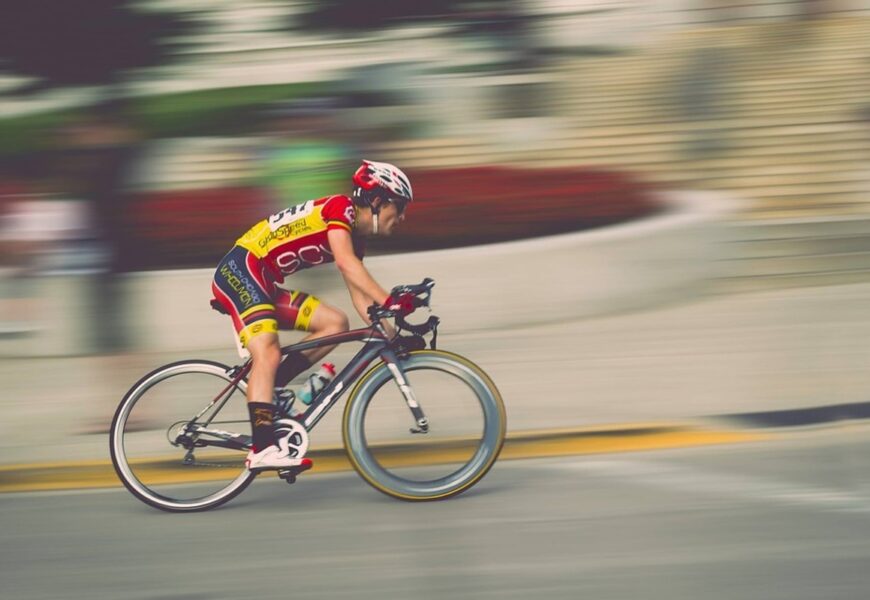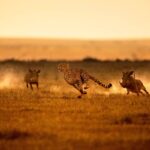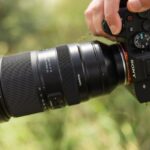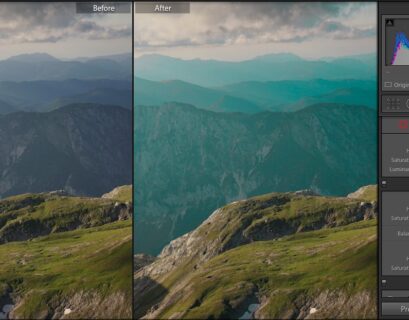In today’s digital age, photography has become an integral part of our daily lives. With the advancement of technology, cameras have become more accessible and user-friendly, allowing anyone to capture stunning images. However, taking a photo of a moving object can be a challenging task, especially for beginners. In this article, we will explore the best ways to take a photo of a moving object, providing you with the necessary skills and techniques to capture the action.
Understanding the Basics
Before we dive into the techniques, it’s essential to understand the basics of photography. A camera’s shutter speed, aperture, and ISO settings play a crucial role in capturing a moving object. Shutter speed refers to the length of time the camera’s shutter is open, measured in seconds or fractions of a second. Aperture is the size of the camera’s aperture, which controls the amount of light that enters the lens. ISO, on the other hand, measures the camera’s sensitivity to light.
Choosing the Right Equipment
To take a photo of a moving object, you’ll need the right equipment. A digital single-lens reflex (DSLR) camera or a mirrorless camera is ideal for this task. These cameras offer more manual controls, allowing you to adjust settings to suit your needs. A good lens with a wide aperture (like f/1.4 or f/2.8) will help you capture a sharp image, even in low-light conditions.
Techniques for Capturing a Moving Object
- Panning: Panning involves moving the camera in the same direction as the moving object. This technique helps to blur the background and create a sense of motion. To pan effectively, follow the object with your camera, keeping it in focus. Use a slow shutter speed (around 1/30s to 1/60s) to capture the motion.
- Freezing the Action: Freezing the action involves using a fast shutter speed to capture the moving object in a split second. This technique is ideal for capturing fast-moving objects like sports or wildlife. Use a shutter speed of at least 1/1000s to freeze the action.
- Burst Mode: Burst mode allows you to capture a series of images in quick succession. This technique is useful for capturing fast-moving objects like cars or animals. Use burst mode to capture a sequence of images, and then select the best one.
- Anticipation: Anticipation involves anticipating the movement of the object and capturing it at the right moment. This technique requires practice and patience. Anticipate the movement and press the shutter release button just before the object reaches the desired position.
- Tracking: Tracking involves following the moving object with your camera, keeping it in focus. This technique is useful for capturing objects that move in a predictable pattern, like a car racing track. Use a slow shutter speed and track the object, adjusting your camera position as needed.
Tips and Tricks
- Use a tripod: A tripod will help you stabilize your camera, reducing camera shake and blur.
- Use a remote shutter release: A remote shutter release or the camera’s self-timer will help reduce camera shake and noise.
- Adjust your ISO: Adjust your ISO settings according to the lighting conditions. A lower ISO will help reduce noise and improve image quality.
- Use the right lens: A lens with a wide aperture will help you capture a sharp image, even in low-light conditions.
- Practice makes perfect: The more you practice, the better you’ll become at capturing moving objects.
Conclusion
Capturing a photo of a moving object requires patience, practice, and the right equipment. By understanding the basics of photography and using the techniques outlined in this article, you’ll be well on your way to capturing stunning images of moving objects. Remember to experiment with different techniques, adjust your settings accordingly, and practice makes perfect. With time and practice, you’ll become a master of capturing the action.










